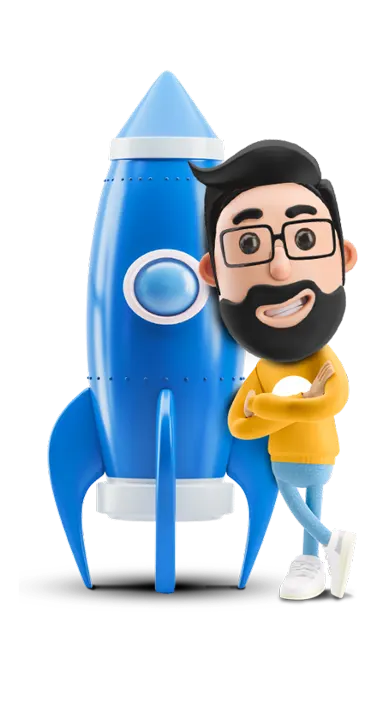
Launching Soon
Join our VIP list to receive early access and a LIFE-TIME discount on your Graphic
Design subscription.
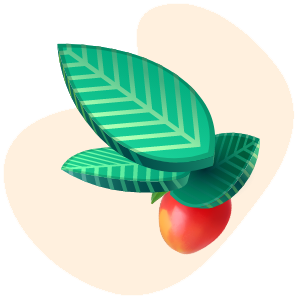
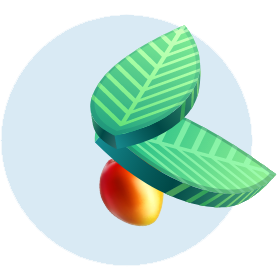
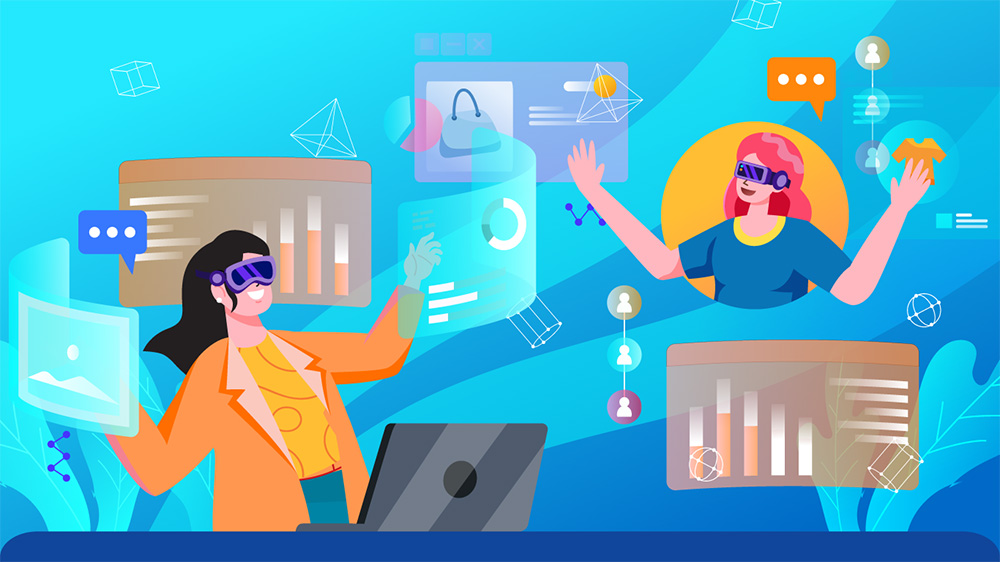
The world of design has had its fair share of transitions over time. From the explosion of colourful, distinct styles that characterised the pre-industrial revolution, to the streamlined functionality that dominated the mass production age of the 18th and 19th centuries, design has always been a reflection of the times.
Now, on the cusp of a new era, we can expect design to take a monumental leap forward, embracing the possibilities of this virtual frontier.
A strong team that is able to collaborate together seamlessly is what will make or break an organisation’s ability to navigate uncharted territory. As a global on-demand graphic design company, we work collaboratively with top designer talents from across the globe.
In this article, we will be sharing some insights on how we at Brandripe collaborate with our clients to be a future-ready design team.
For a team to be able to create more than just visually stunning experiences, but also understand the technical intricacies of these emergencies is no small order. They must be adept storytellers who can capture the ever-shortening attention span of virtual users.
As such, what will make or break a future-ready team are designers who have evolved from being an artist but are also a technologist, data wizards and storytellers all rolled into one.
Let’s explore the key points for building such a powerhouse team.
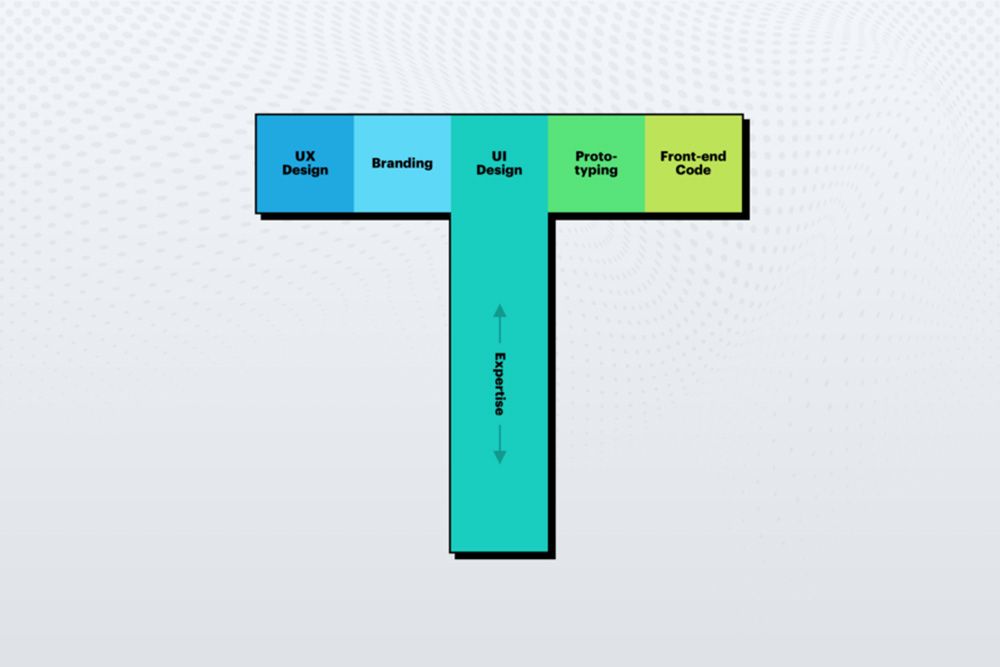
What T-shaped skills are. Image: Medium
T-shaped skills are characteristics and attributes possessed by a particular expert that makes them valuable to a business. As the future-ready team will need to tackle the complexities of uniting visual aesthetics and technology, the recruitment focus needs to be on designs with a strong foundation in traditional design principles (visual, user experience (UX) combined with an understanding of emerging technologies like AI, AR and VR.
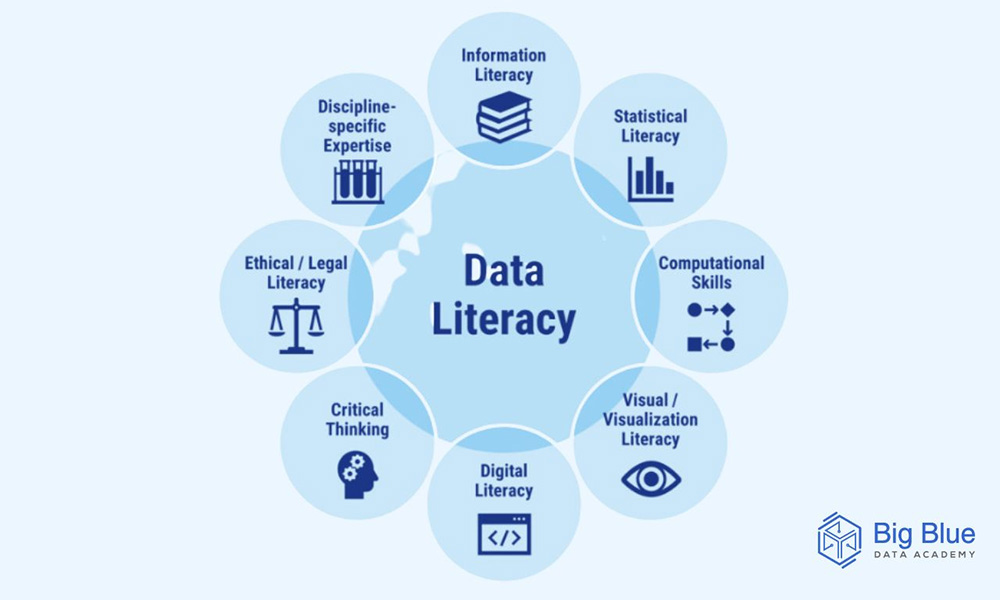
It’s essential for future-proof designers to be adept at data literacy. Image: Big Blue
High data literacy is crucial to be able to understand and interpret data for designing AI-powered experiences. Data analysis helps designers uncover user behaviour patterns, preferences, and pain points. This deep understanding allows them to design AI experiences that are truly user-centric and solve real problems. For example, analysing user interaction data in a VR fitness app can reveal areas for improvement in the exercise routine or the virtual environment itself.
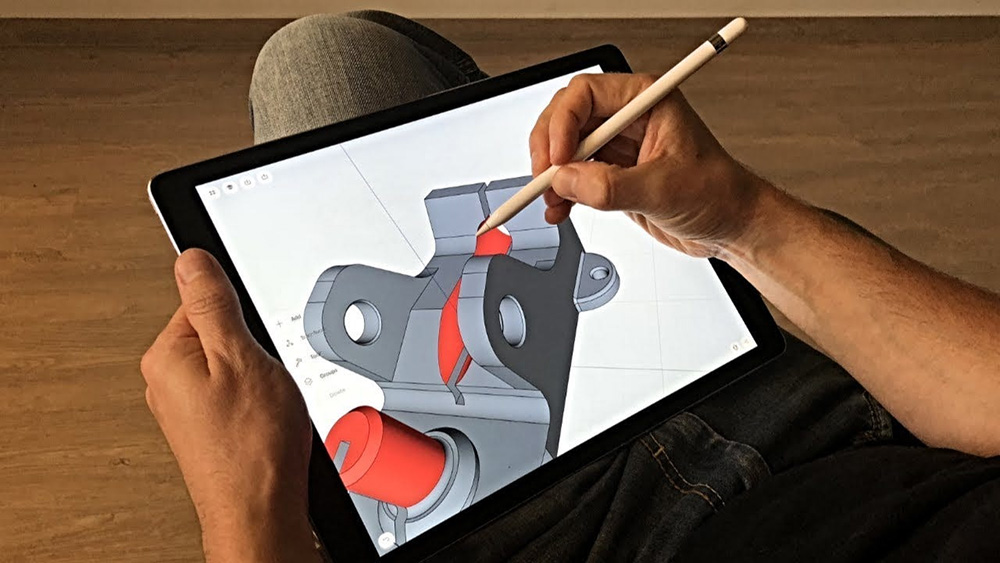
3D Design is now a must-have. Image: Miro
Expertise with 3D design is becoming a core competency for design teams and with good reason! While traditional 2D design remains important, creating truly immersive AR and VR experiences hinges on the ability to build convincing virtual worlds in three dimensions. 3D modelling and animation allow designers to go beyond static backdrops, crafting environments with depth and detail.
Imagine users navigating bustling cityscapes in an AR game or exploring breathtaking landscapes in a VR travel app – 3D design makes these experiences feel real and engaging. Beyond aesthetics, 3D design unlocks a new level of interactivity. Imagine an AR furniture shopping app where users can manipulate and resize furniture models within their own living space. Or picture animated characters guiding users through a VR museum exhibit, enriching the experience with storytelling elements.
This ability to interact with virtual elements is key to capturing user attention and fostering a sense of participation within the virtual world. The benefits of 3D design extend beyond user experience. It also plays a significant role in the development process. By creating rough prototypes in a virtual environment, design teams can rapidly test and iterate on their designs based on user feedback. This iterative approach ensures the final product is not only visually compelling but also user-friendly and engaging.
Additionally, designers with 3D expertise can use industry-standard software to create assets that seamlessly integrate with development platforms. This fosters smoother collaboration between designers and developers, minimising compatibility issues and streamlining the development process.
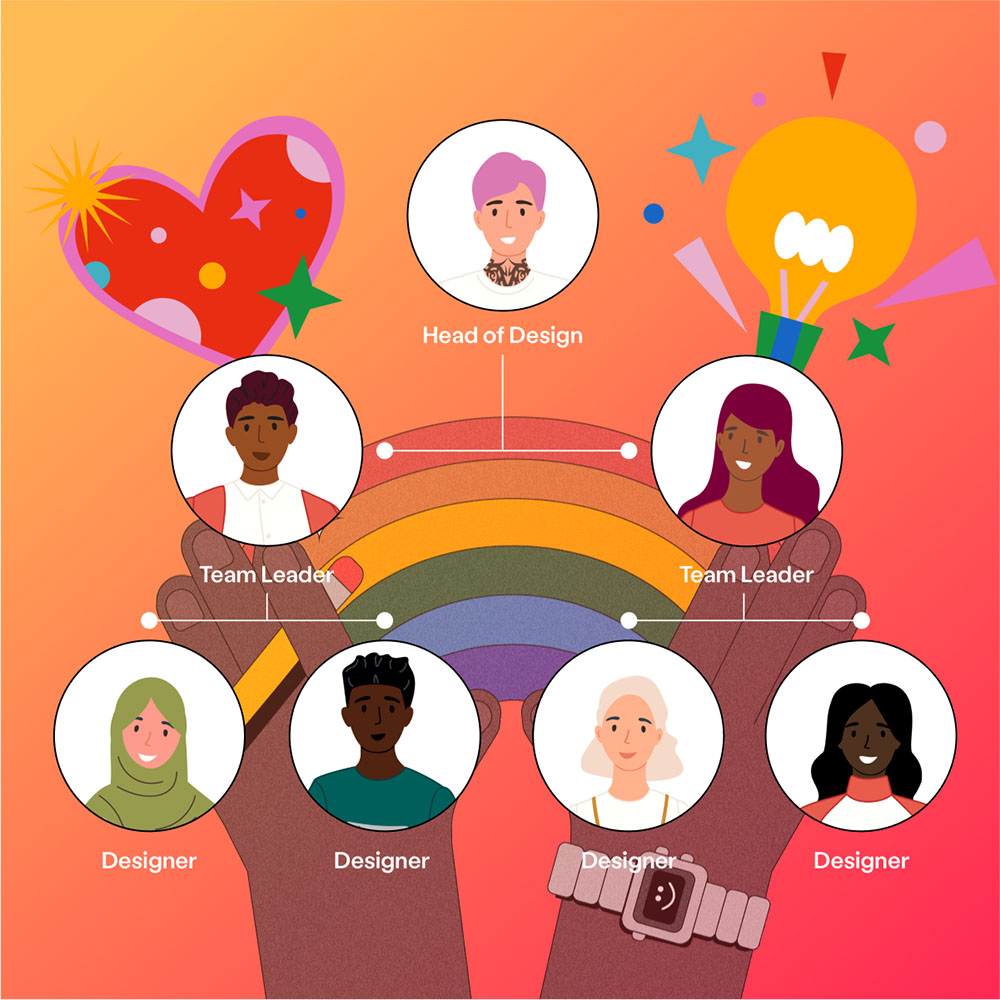
Ensure that you hire the right people with the right expertise. Image: Playbook.com
In the rapidly evolving world of AR, AI, and VR design, assembling a successful team requires more than just artistic talent. Building a team with a strong foundation in traditional design principles remains important, but true innovation hinges on fostering a diversity of thought.
This means going beyond traditional design disciplines and incorporating individuals with backgrounds in computer science, engineering, psychology, and even humanities.
This focus on diverse perspectives offers several key advantages:
An engineer on the team might suggest a novel way to leverage AI for personalisation within an AR experience, while a psychologist could offer insights into how users might interact with a VR training program. This cross-pollination of knowledge fosters a culture of continuous learning and exploration, which is crucial for staying ahead of the curve in such a rapidly evolving field.
Including individuals from different cultural backgrounds and perspectives can ensure that the experiences the team creates are not only visually appealing but also accessible and culturally sensitive.
For example, someone with a background in accessibility might champion the inclusion of voice control options in a VR experience, while someone from a different cultural background could offer invaluable insights into design elements that resonate with a specific user group.
However, simply hiring individuals from diverse backgrounds is not enough. To truly unlock the power of diversity, it's essential to create a collaborative environment where everyone feels comfortable sharing their ideas.
This can be achieved by encouraging open communication, fostering inter-team workshops, and organising brainstorming sessions that leverage the full potential of the team's combined expertise.
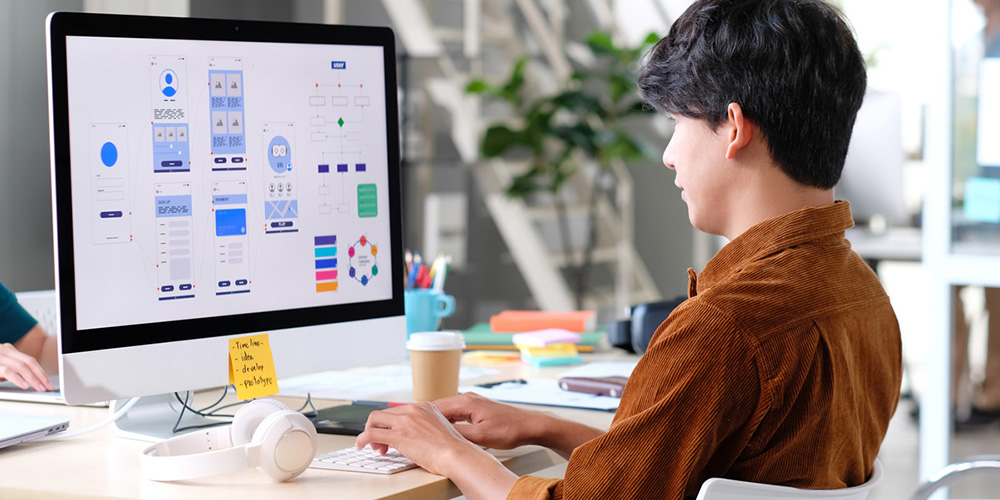
Be sure to encourage the team members to learn more about design. Image: CareerFoundry
To stay ahead of the curve and create groundbreaking experiences, fostering a culture of continuous learning is essential.
It's about cultivating a growth mindset where ongoing learning is embraced as a core part of the design process. By providing access to online resources, workshops, and conferences on emerging technologies, and encouraging knowledge sharing through internal sessions, a continuous learning culture empowers the team in several ways:
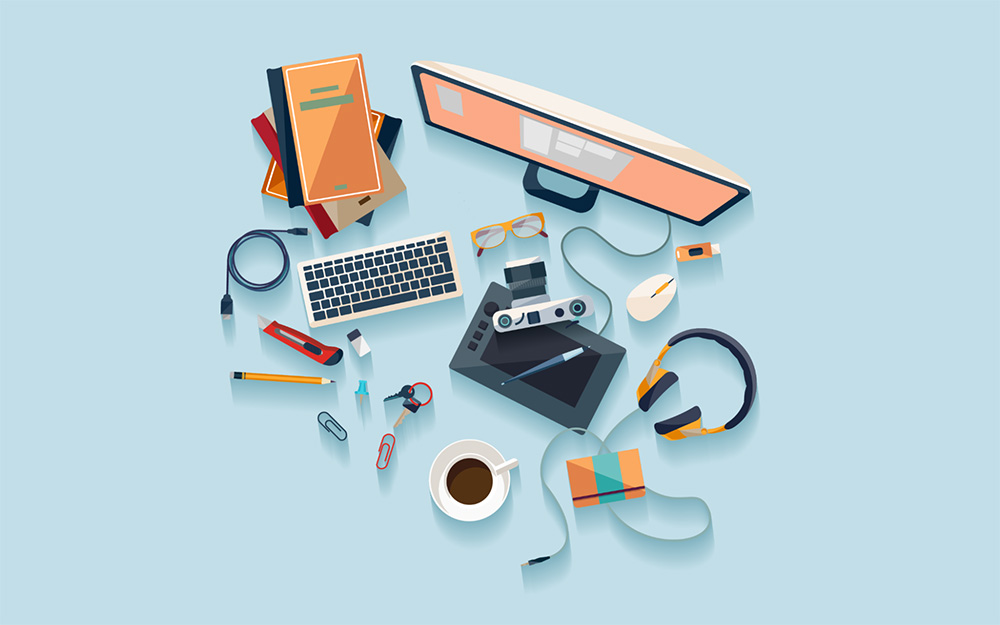
Your designers need to have all the resources they need to succeed. Image: Shutterstock
Investing in cutting-edge technology empowers your team in several ways:
This ensures your team has the tools they need to adapt to advancements and stay ahead of the curve, remaining well-equipped to tackle the challenges and opportunities presented by this ever-evolving field.
Lena helps clients create clear and concise briefs, minimising communication errors and misunderstandings. By providing a platform to articulate project goals, target audience, and desired functionalities, Lena empowers your team to hit the ground running with a strong understanding of project requirements.
This ultimately leads to the creation of exceptional visual experiences that are user-centred and aligned with client expectations.
Let Brandripe, the on-demand graphic design service be part of your future-ready team. We have the talent and innovation of incorporating technology to streamline our process flows.
Find out more when you book a 15-min Demo Call with us today!

